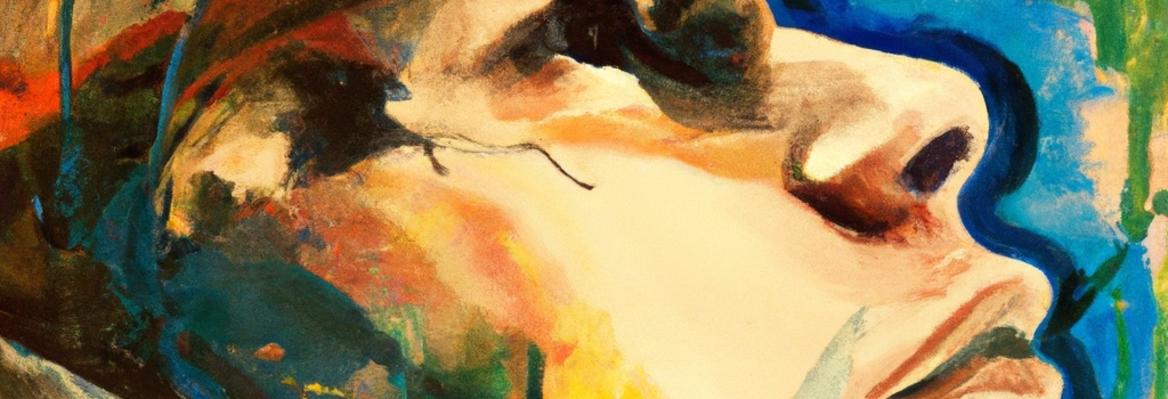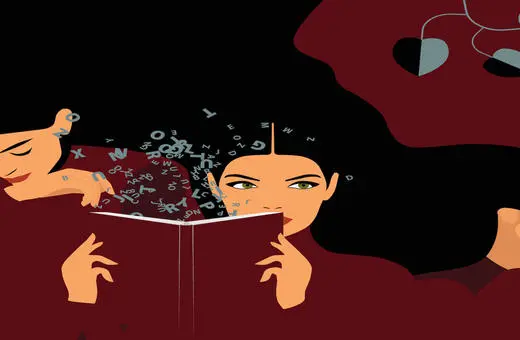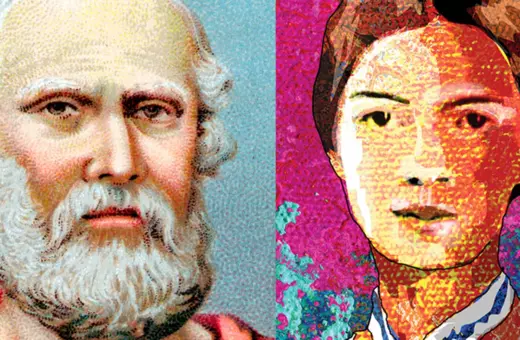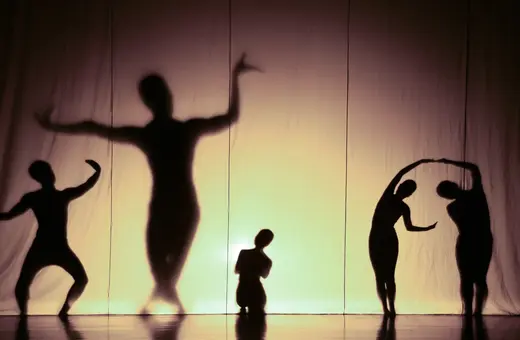Since the National Portrait Gallery re-opened in recent months, the art world has flocked to enjoy the revamped facility. It has also sparked an age-old debate amongst critics regarding art, likeness and essence. In this article, Peter Lamarque explores whether we can truly capture someone’s inner character by their external appearance.
What is the hallmark of a great artistic portrait? A simple answer might be: the presentation of a true likeness of its subject. But that answer is far too simple, indeed altogether inadequate. Family snaps offer true likenesses of their subjects, but few are works of art. Picasso’s cubist portrait of Dora Maar is hardly a true likeness but is judged an artistic masterpiece.
What about Van Dyck’s Equestrian Portrait of Charles I (reminiscent of the equestrian statue of Marcus Aurelius in Rome), or Ingres’s lavish portrait of Napoleon on his Imperial Throne, or even Gainsborough’s portrait of Mr and Mrs Andrews in their country estate? Were the artists aiming for a true likeness? Surely not. They were in the business of flattery and aggrandisement. They sought to project an image of power, or status, or wealth, something that transcended the ordinary, that spoke of superiority. A mere likeness? No. Truth? No. These images are self-consciously exaggerated, a kind of fantasy. We might call them glorification portraits.
___
What the paintings offer—as is true for most great portraits—is not just an understanding of their subject, but also something more universal about their underlying themes: in this case time, mortality, a kind of stoicism.
___
One problem with over-emphasising likeness in portraits, as a measure of artistic worth, is that with portraits from the distant past we have no way of judging accuracy of representation. We have descriptions of Charles I and other paintings of him but no direct perception to match the image with the man. Does that mean we should be wary of judging the artistic merits of such portraits? No. Other criteria take precedence: compositional skills, the conception of the subject matter, the use of materials, the mood conveyed, and so on.
It would be bizarre to suggest that we should be less certain of our artistic judgment of, say, Titian’s portrait of Pope Paul III than of his mythological scenes, like Diana and Actaeon, on the grounds that the artistic value of the former, but not that of the latter, rests (even partially) on a likeness to an actual person, something in this case we cannot confirm for ourselves.
It is striking, in the glorification portraits, how little we learn about the subjects themselves, certainly not what they really looked like, nor much about their character other than a generalised desire to be projected as powerful or wealthy. A different kind of portrait seeks to reveal something deeper about the personality or inner qualities of the subject. We might call these revelation portraits.
In his famous poem “Ozymandias”, Shelley nicely describes the expressive qualities manifested in the ruined statue lying in the desert: “Half sunk a shattered visage lies, whose frown, / And wrinkled lip, and sneer of cold command, / Tell that its sculptor well those passions read”. The sculptor, we might say, sought to convey not just the likeness of the ancient ruler but his character and inner nature. Shelley is right to imply the artistic skill required for this. Often the smallest of indicators—a frown, a wrinkled lip, or perhaps the angle of a head, the direction of the eyes, the gesture of a hand—can reveal something otherwise hidden, a state of mind or an attitude.





















Join the conversation